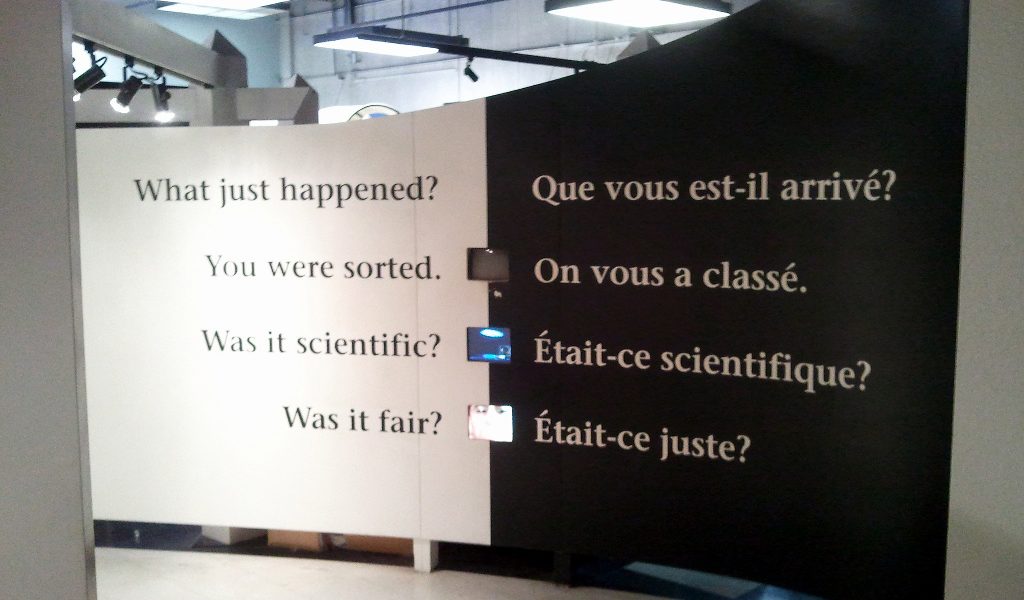In educational testing, the ability to compare the scores of an adapted assessment with the scores of its original version depends greatly on the concept of equivalence and a lack of bias.
Bias in an assessment occurs when, due to the characteristics of the test, groups of test takers with similar true abilities will as a rule receive non-equivalent scores. In other words, one group of test takers will receive an unfair boost while another group of test takers will encounter unwarranted barriers.
Adapting an educational assessment for a different language and/or cultural context should as a rule include the mitigation of any potential bias. While multiple types of bias exist, here we will focus on instrument bias and removing this type of bias from assessments.
What Is Instrument Bias
In educational assessments, instrument bias is typically a result of how familiar (or not) a test taker is with an instrument’s characteristics. Here are a few illustrative examples:
- One assessment uses images throughout the test. However, the images are very culturally specific. One group of test takers may recognize the images as the test developers intended, but another group may not recognize what the images are supposed to represent. The second group would have difficulty in successfully interpreting the images and getting a high score on the assessment.
- Another instrument assesses students’ knowledge of mathematical principles but frames all of the questions using culture-specific sports references. The students who are not familiar with these activities will have a harder time correctly answering the questions.
- A group of test takers is highly computer literate, while another group of test takers is not familiar with computers at all. If the subject of the assessment is not related to computer use, then mandatory computerized testing would likely result in much lower scores for the second group.
Where at all possible, it is important for testing instruments to give all test takers the opportunity to demonstrate their knowledge of the subject and not simply their familiarity with the instrument stimulus.
Mitigating Instrument Bias
Bias typically presents itself as an unintentional challenge to some groups of test takers.
That’s why the first step in mitigating bias is arguably the most important: to thoroughly review the instrument and identify any potential sources of bias. The task, however, requires a trained eye sensitive to sources of bias.
Taking into account different factors such as the type of test, the subject of the test, the test format and the characteristics of the test takers, Responsive Translation can provide target culture experts, psychometricians and/or other trained experts who can accurately identify potential sources of bias.
Depending on circumstances such as timeline, budget and any legal requirements, different adaptation options will be available. These may include: adapting test directions, test formats, item formats and images.
Every test is different; yet, one thing is certain: when adapting an educational assessment for a different linguistic and/or cultural context, there’s no room for bias. After all, a test’s validity will depend on it.
Assessment Solutions
Responsive Translation offers a range of assessment solutions for test developers, including translation, adaptation, validation and review services. We have decades of experience with high-stakes projects and currently work with most of the biggest names in test publishing.
For more information about how we can help your organization, please get in touch at 646-847-3309 or [email protected].
Image credit: Ben Babcock

